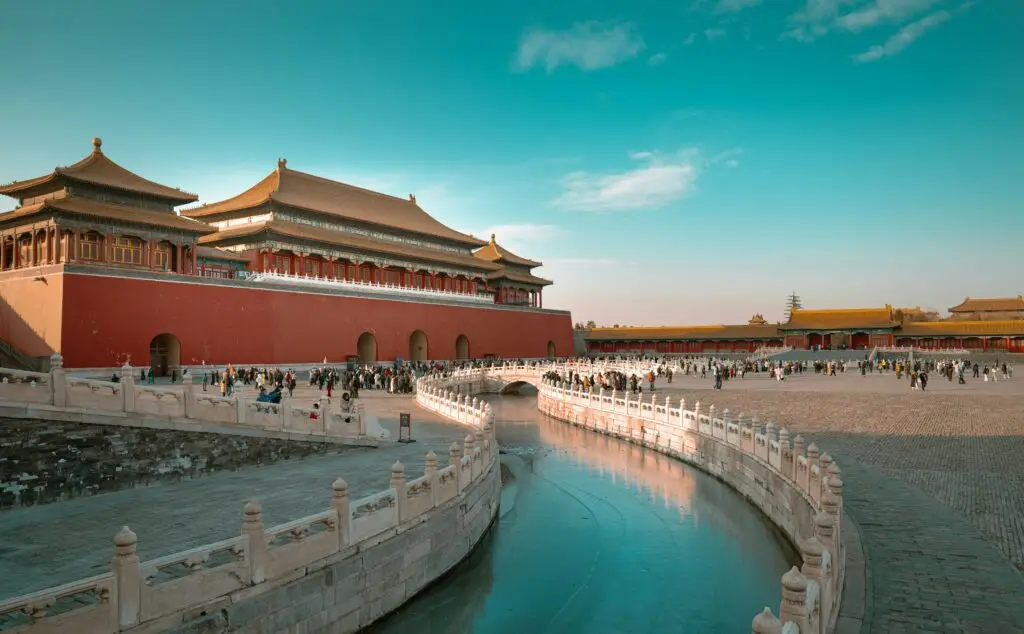Geography & Landforms in China
Traveling across China feels like moving through an entire continent. Few countries in the world hold such a breathtaking variety of landforms — snow-covered mountains, endless deserts, emerald rivers, tropical coastlines, and vast grasslands. Each region offers not just a change of scenery, but a new rhythm of life, a new story waiting to be discovered.
The mountains are perhaps China’s most iconic landforms. To the west, the Himalayas rise into the sky, crowned by Mount Everest, where travelers can experience the stark beauty of the Tibetan Plateau and its serene monasteries. Further east, the legendary Huangshan, or Yellow Mountain, greets visitors with ancient pine trees clinging to granite peaks above a sea of drifting clouds. In Hunan, the otherworldly sandstone pillars of Zhangjiajie rise like stone guardians — landscapes so surreal they inspired the floating mountains in Avatar.
Beyond the mountains, the plateaus reveal a different side of China. The vast Tibetan Plateau, often called the “Roof of the World,” stretches endlessly under cobalt skies, dotted with turquoise lakes and prayer flags fluttering in the wind. In the north, the Loess Plateau tells a quieter story — golden earth shaped by centuries of wind and water, and villages where cave dwellings still connect daily life with ancient tradition.
For those drawn to wide horizons, China’s deserts are both humbling and awe-inspiring. The Taklamakan Desert in Xinjiang, with its endless waves of sand, once challenged travelers along the Silk Road. The Gobi Desert, straddling Inner Mongolia, offers a dramatic blend of shifting dunes, rocky outcrops, and starlit skies that feel untouched by time.
China’s rivers and lakes balance this arid beauty with life and movement. The Yangtze, Asia’s longest river, winds through fertile valleys and the dramatic cliffs of the Three Gorges, a natural masterpiece best explored by boat. The Yellow River, known as the “Mother River of China,” flows through the cradle of ancient Chinese civilization. In Hangzhou, West Lake mirrors temples, pagodas, and willow trees in waters so poetic they have inspired artists for centuries. Far to the west, Qinghai Lake spreads like a sapphire jewel across the highlands, a sanctuary for migrating birds and a reflection of the open sky.
The southern provinces reveal landscapes shaped by limestone. In Guilin and Yangshuo, karst peaks rise like green spires above the winding Li River, creating one of the most famous views in all of China. The Stone Forest in Yunnan adds another wonder — towering limestone pillars forming a maze where nature itself feels like sculpture.
Travelers seeking open space will find peace on China’s vast grasslands. In Inner Mongolia, rolling prairies stretch to the horizon, where herds of horses graze and nomadic families welcome guests into their yurts. In Xinjiang, the Ili Grasslands bloom in summer with wildflowers, a living carpet beneath snow-dusted mountains.
And finally, the sea. Along China’s coastline, the landscapes shift again. The tropical island of Hainan offers coconut-lined beaches and turquoise waters, a true island escape. The Zhoushan Archipelago, off Zhejiang’s coast, invites travelers to explore fishing villages, offshore temples, and hidden coves shaped by the tides.
To journey through China is to experience the Earth’s great contrasts. Each landform is more than a landscape — it is a living part of the culture, history, and imagination of the people who call it home. From the frozen peaks of Tibet to the palm-fringed shores of Hainan, from camel rides across golden sands to boat journeys through misty rivers, China’s geography is not just the backdrop of travel — it is the adventure itself.

